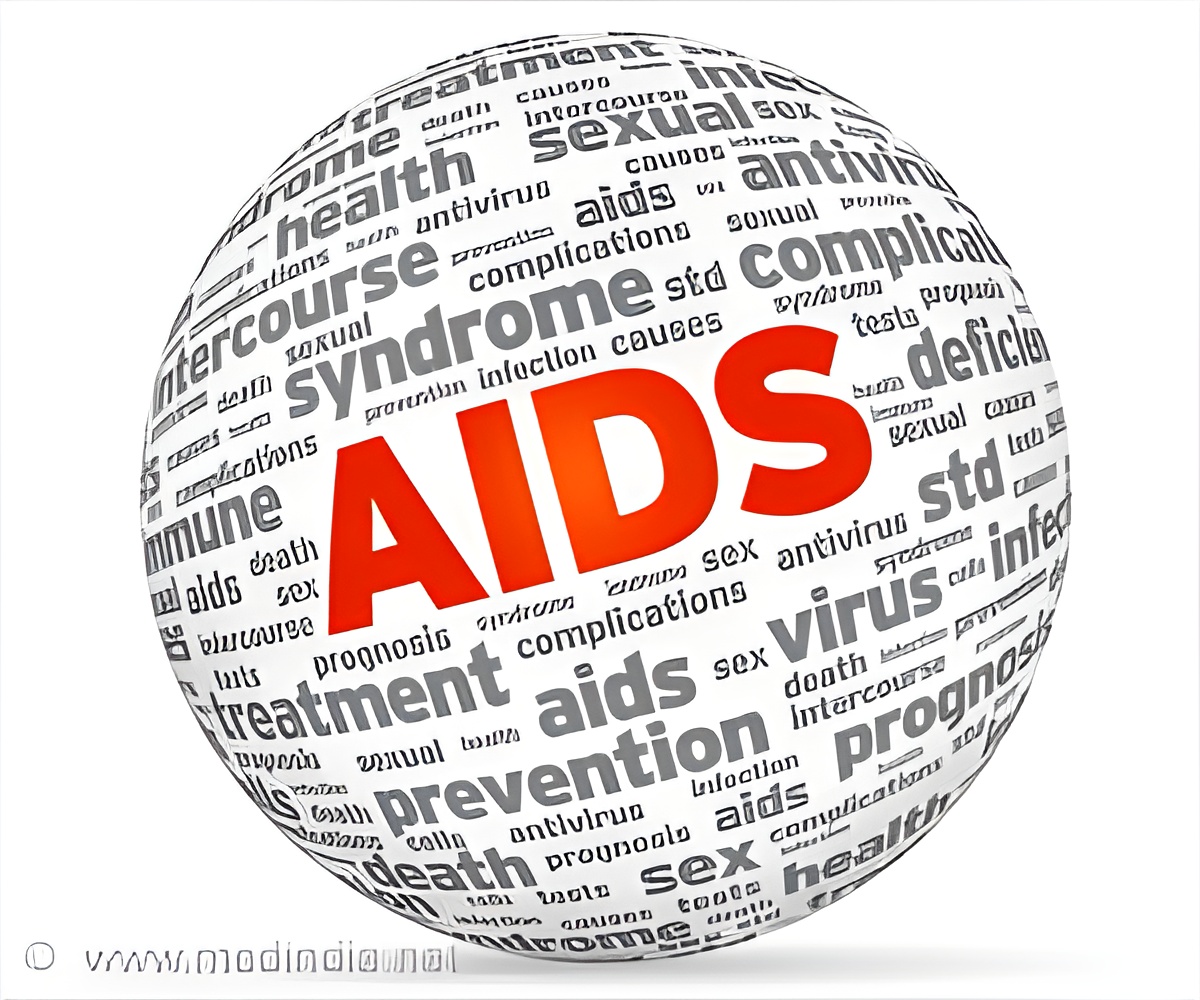
‘Great disparities are seen between African and white Americans in HIV/AIDS diagnoses. African-Americans are still disproportionately affected by HIV compared to white Americans.’
Tweet it Now
A decade ago Laurencin and his team published a call for action paper that highlighted high numbers of HIV diagnoses in the African American community. This follow-up paper now draws on data from surveys such as the 2010 United States Census and the 2016 HIV Surveillance Report by the Centers for Disease Control and Prevention (CDC). Worryingly, the paper's analysis shows that the trends highlighted ten years ago have continued and in some regards worsened. For male and female populations in 2016, Blacks were 8.4 times more likely than whites to be diagnosed with HIV, whereas in 2005 they were 7.9 times more likely. Specifically, the number of Black males diagnosed with the disease in 2005 was 9,969 and increased by 29 percent to 12,890 in 2016.
Black male-to-male sexual contact was the most common form of transmission of HIV and the number of men that have sex with men who were diagnosed with HIV increased 154 percent from 4,020 in 2005 to 10,233 in 2016. Laurencin and his team point out that if this trend continues, one in two Black men who engage in sexual contact with men will receive an HIV diagnosis in their lifetimes.
The number of African-American females diagnosed with HIV through heterosexual contact increased by 75 percent from 2,392 in 2005 to 4,189 in 2016, and there was also a 76 percent increase in HIV diagnoses among heterosexual black men in the same time period.
"It is clear that much more needs to be done to address the fact that African-Americans continue to be overrepresented across all categories of transmission," said Laurencin.
Advertisement
"While higher rates of poverty and prevalence of negative socio-economic determinants in African-American are important underlying factors, we believe that a concerted, re-dedicated effort - as seen with other national health emergencies such as the opioid crisis - can create meaningful change in the decade to come," said Laurencin.
Advertisement














